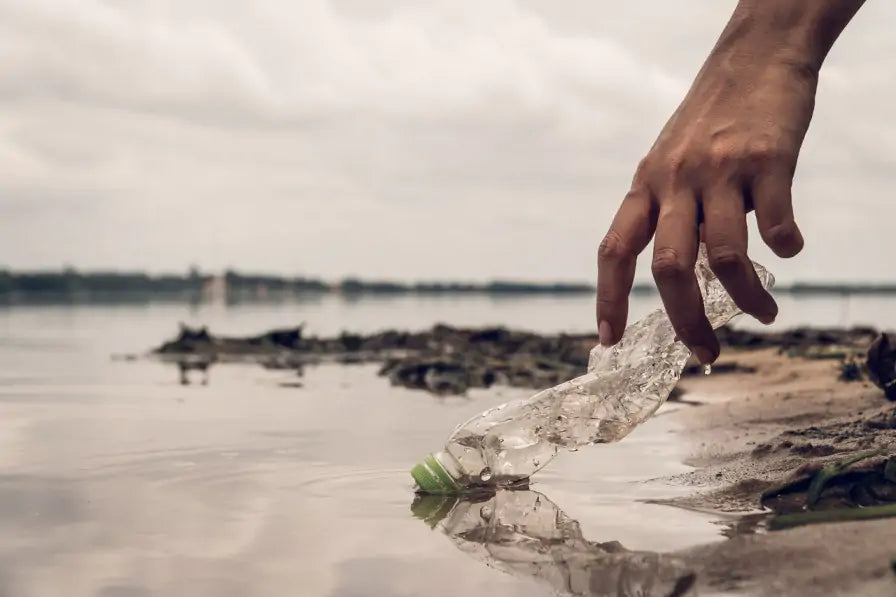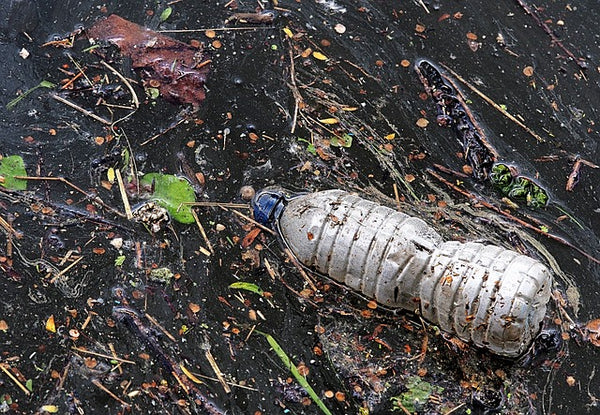Why not add these to compliment your wheelie bins?
Your basket is currently empty.
Shop NowWe guarantee to have the lowest price! Find the same bin for a cheaper price and we will beat it!

Plastic bags and straws are often maligned as the items that clog our waterways and harm wildlife, and there’s no question that they do. But a new report from the Earthwatch Institute has found that it’s actually plastic bottles that make up most of the plastic litter in European waterways. The report includes data from nine studies of water pollution.
According to the report, here are the top ten items that pollute water in Europe.
1. Plastic bottles 14%
2. Food wrappers 12%
3. Cigarette butts 9%
4. Food takeaway containers 6%
5. Cotton bud sticks 5%
6. Cups 4%
7. Sanitary items 3%
8. Smoking-related packaging 2%
9. Plastic straws, stirrers, and cutlery 1%
10. Plastic bags 1%

It might come as a surprise that plastic bags and straws account for so little of the pollution, but if you think about it, reducing their usage has been the focal point of many environmental campaigns in recent years.
Whatever type of litter ends up in waterways, it’s bad news for water quality and safety, the health of the sewers, and for wildlife. Toxic chemicals can leach into the water, litter can blog sewers, and it can harm wildlife.
To halt ocean pollution, clean up rivers
When litter, especially plastic ends up in waterways, it often ends up in our oceans, so that’s why many experts agree that focusing on cleaning up rivers and reducing single-use plastic usage in the first place is the best way to halt ocean pollution.
The report also points out that 37% of the plastic found in rivers were everyday items, and this emphasises the fact that consumers could make a difference if they changed their habits, bought items with less packaging, and used reusable items instead of things that can only be used once.
Manufacturers also have a part to play, and the report suggests that companies cease to produce items that are bad for the environment when suitable alternatives exist-like cotton buds that are made with plastic when paper alternatives exist. Consumers could stop buying them, but ultimately, manufacturers need to come up with more products that are recyclable, reusable, and overall more sustainable.